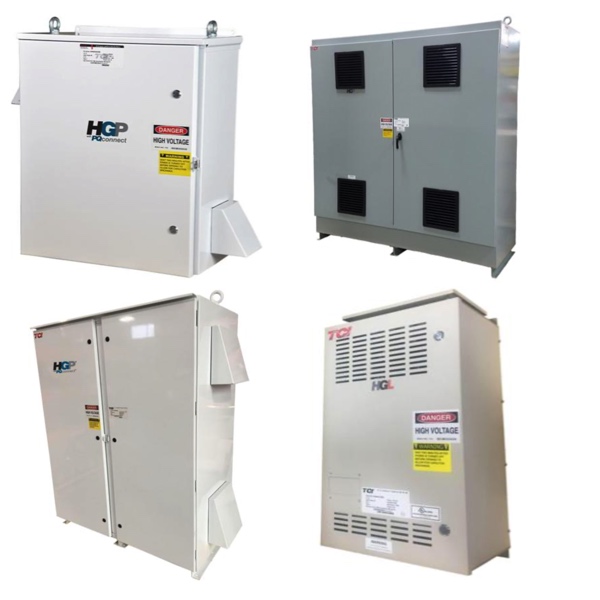Harmonic & SineWave Filters for VFDs

Harmonic filters are necessary parts of electrical systems meant to reduce the harm done by distortions in the electrical signal and to enhance the quality of power delivered to end users. These filters perform their jobs by offering a low-impedance path for the troublesome harmonic currents, which allows them to be "filtered out" of the main electrical supply without affecting the supply that is fed to customers. Passive harmonic filters reduce the frequency range of harmonics using passive elements like resistors, inductors, and capacitors. In stark contrast, the simplest of active harmonic filters is a complex power electronic converter that does its job by injecting much nicer waveforms into the signal at precise times when needed.
In passive power distribution networks, a crucial way to reduce harmonic distortion is to use filters that are effective at selectively tuning to specific harmonic frequencies while allowing the fundamental frequency to pass through unaffected. This is done in applications with transformers, variable frequency drives (VFDs), and other loads that tend to be nonlinear, and where unwanted harmonics can ruin the power factor and cause all sorts of strange equipment failures. By using low impedance circuits, harmonic filters draw excess harmonics away from power components that are critical to maintaining system reliability and preventing overheating or other forms of failure.
More Information about Harmonic Filters
Dynamic solutions like active filters give real-time compensation for harmonics, ensuring that fluctuations in load and voltage do not affect electrical systems. These filters are much smarter than the passive filters. By injecting a counter-current, the active filter cancels out harmonics and synchronizes the current and voltage waveforms while improving power factor to near unity.
FAQs
How does a harmonic filter work?
A harmonic filter works by creating a low impedance path for harmonic currents, using passive components like capacitors, inductors, and resistors or active filters that inject counteracting signals to reduce harmonic distortion, improve power quality, and stabilize current and voltage waveforms in an electrical system.
Does a harmonic filter improve power quality and current distortion in equal amounts?
No, a harmonic filter improves power quality and reduces current distortion, but not always in equal amounts, as its effectiveness depends on the harmonic frequencies, load conditions, and the type of filtering system used.
Inductive Load Basics
Electrical load is an electrical component or portion of a circuit that consumes electrical power. For example, a power source such as a battery or generator will have a load which consumes that power, such as a light bulb, motor or television.
There are three types of electrical loads: capacitive loads, resistive loads and inductive loads
Capacitive and Resistive Loads
Capacitive loads are similar to inductive loads in that the current and voltage are out of phase with one another, however, capacitive loads see the current reach its maximum before the voltage, while inductive loads see the voltage reach its maximum before the current. Resistive loads typically consist of things like heating elements.
Inductive Loads
Inductive loads use a coil to produce a magnetic field. The most common types of inductive loads are motors, fans, blenders and pumps. Inductive loads resist change in current, which lags behind the voltage. There are two different types of power with inductive loads. There is real power, which is based off of the work that is actually being done by the motor and there is reactive power, which is the power that is drawn from the power source to produce the magnetic field. The total power of an inductive load combines both the real power and reactive power.

